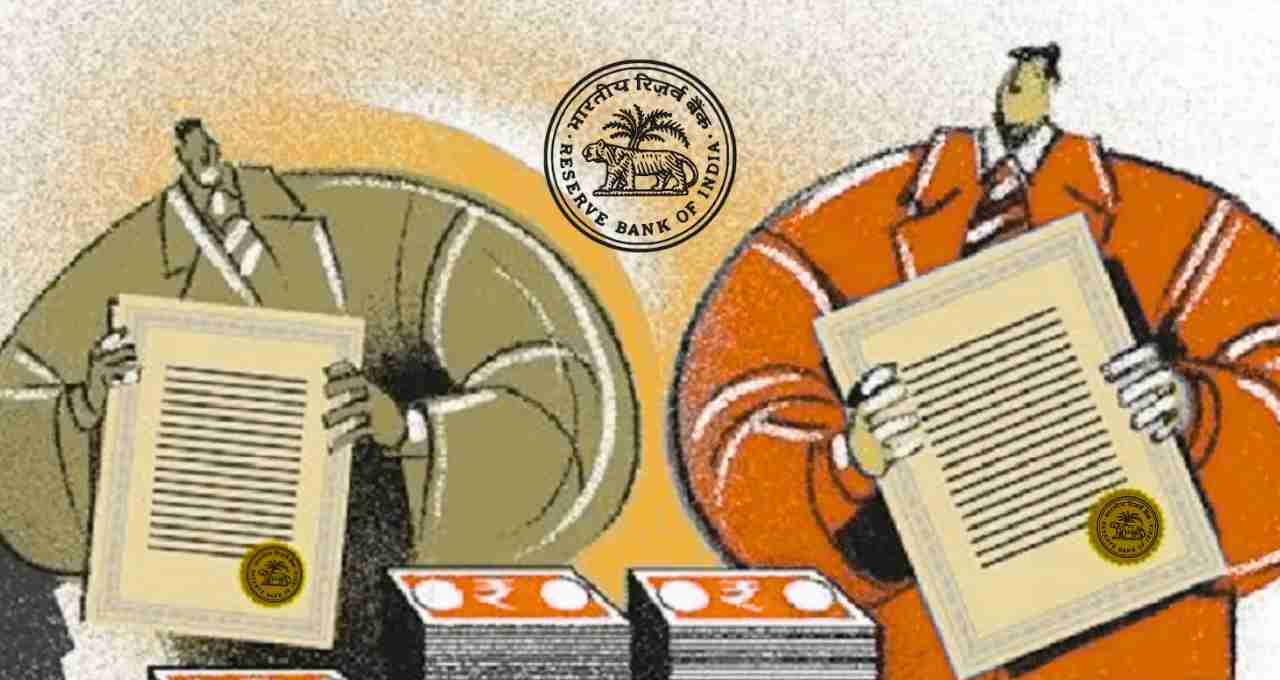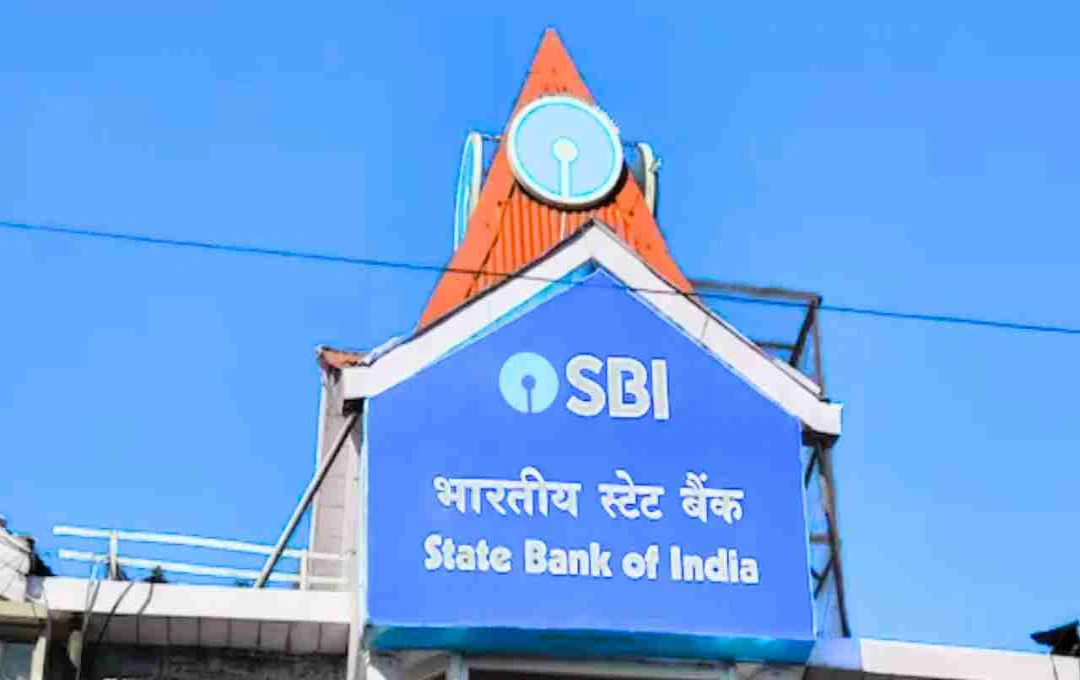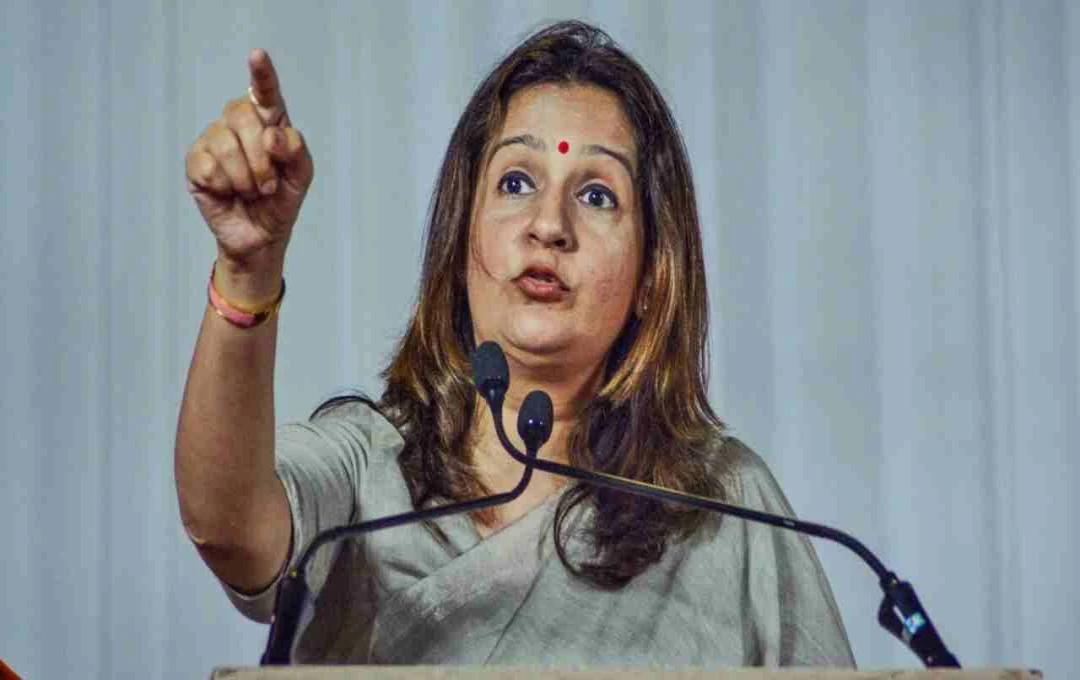March 2025 Quarter: A Relatively Weak Period for India's Banking Sector
India's banking sector, which had been consistently setting new records for profits and growth in recent years, showed signs of a new challenge in the March 2025 quarter. Banks, both public and private, experienced a decline in profit growth rates, raising questions about the sector's stability. This quarter saw profit growth of only a single digit, the first time in over four and a half years.
The decline in banks' Net Interest Income (NII) and Net Interest Margin (NIM) negatively impacted profits. The weak performance of the State Bank of India (SBI), the country's largest bank, played a significant role in this downturn.
March Quarter: Disappointing for Banks
The March 2025 quarter proved extremely challenging for the Indian banking system. An analysis of a sample of 29 banks revealed a total net profit increase of only 4.9 percent, reaching ₹93,828.3 crore. While this represents nominal growth, it is extremely disappointing compared to previous figures.
The biggest reason for this decline was the weak performance of the State Bank of India, whose profits fell by 9.9 percent to ₹18,642.6 crore. SBI accounts for 20 percent of this sample, clearly indicating the impact of its weaker performance on the overall banking sector figures.
Public Sector Banks' Situation

Public sector banks showed a profit growth of 13 percent, amounting to ₹48,403.4 crore. However, this growth is the lowest in the last 11 quarters. The previous lowest growth was 9.2 percent in the June 2022 quarter.
This indicates that public sector banks are gradually losing the momentum that fueled their revival in previous years.
Private Banks' Situation: Even More Concerning
While the situation for public sector banks is worrying, that of private banks appears even worse. The total profit of private banks decreased by 2.5 percent to ₹45,424.9 crore. This is the first time in the last 13 quarters that private banks have seen a year-on-year decline in profits.
This decline directly impacted their share of total profits, which fell from 52.1 percent to 48.4 percent. This is the lowest share in the last eight quarters.
Pressure on Net Interest Income and Margin
In the March 2025 quarter, banks' Net Interest Income increased by only 3.7 percent to ₹2.1 lakh crore, the slowest growth in the last 14 quarters.
Public sector banks' NII increased by only 2.4 percent, while private banks registered a 5.3 percent increase. This difference shows that private banks are better managing their capital and loan portfolios, but overall performance remains weak.
NIM, or Net Interest Margin, has also been under continuous pressure for several quarters. 19 out of 29 banks recorded a year-on-year decline in their margins.
NIM: The Backbone of Banks' Earnings
Net Interest Margin is a crucial component of a bank's income. It represents the difference between the interest rates banks earn on loans and pay on deposits.
When repo rates are cut, banks have to reduce interest rates on loans, but deposit rates typically take time to adjust. This is why banks' margins decrease, impacting profits.
RBI Intervention: A Ray of Hope

To improve this declining situation, the Reserve Bank of India (RBI) began injecting additional liquidity into the banking system from September 2024. Interest rate cuts were also implemented, which are expected to ease the cost of loans.
Experts believe that the impact of these measures may be visible in the coming quarters, and the banking sector's profit growth may return to its former trajectory.
Impact of Inflation and Economic Slowdown
A major reason for this weak performance of banks is the rising global inflation and the slowdown in domestic consumer demand. When investment and loan demand decrease, banking activities are directly affected.
Hesitation among enterprises to take loans, slow recovery in the MSME sector, and concerns about risks in retail lending have also impacted banks' loan growth.
Impact of Digital Banking and New Customer Models
Technological changes in the banking sector and the increasing role of digital transactions have also impacted traditional banks. The growing presence of neobanks, fintech companies, and digital wallets has made competition tougher for banks.
This digital shift necessitates a change in strategy for traditional banks to retain their customer base and attract new customers.
The Way Forward: Necessary Steps
To overcome the current crisis, the banking sector needs to take the following steps:
- Maintain a balance between deposit and loan rates
- Invest in technology and improve digital services
- Provide easy credit to MSME and retail customers
- Increase efficiency at the employee and branch levels
- Regain customer trust and maintain transparency













